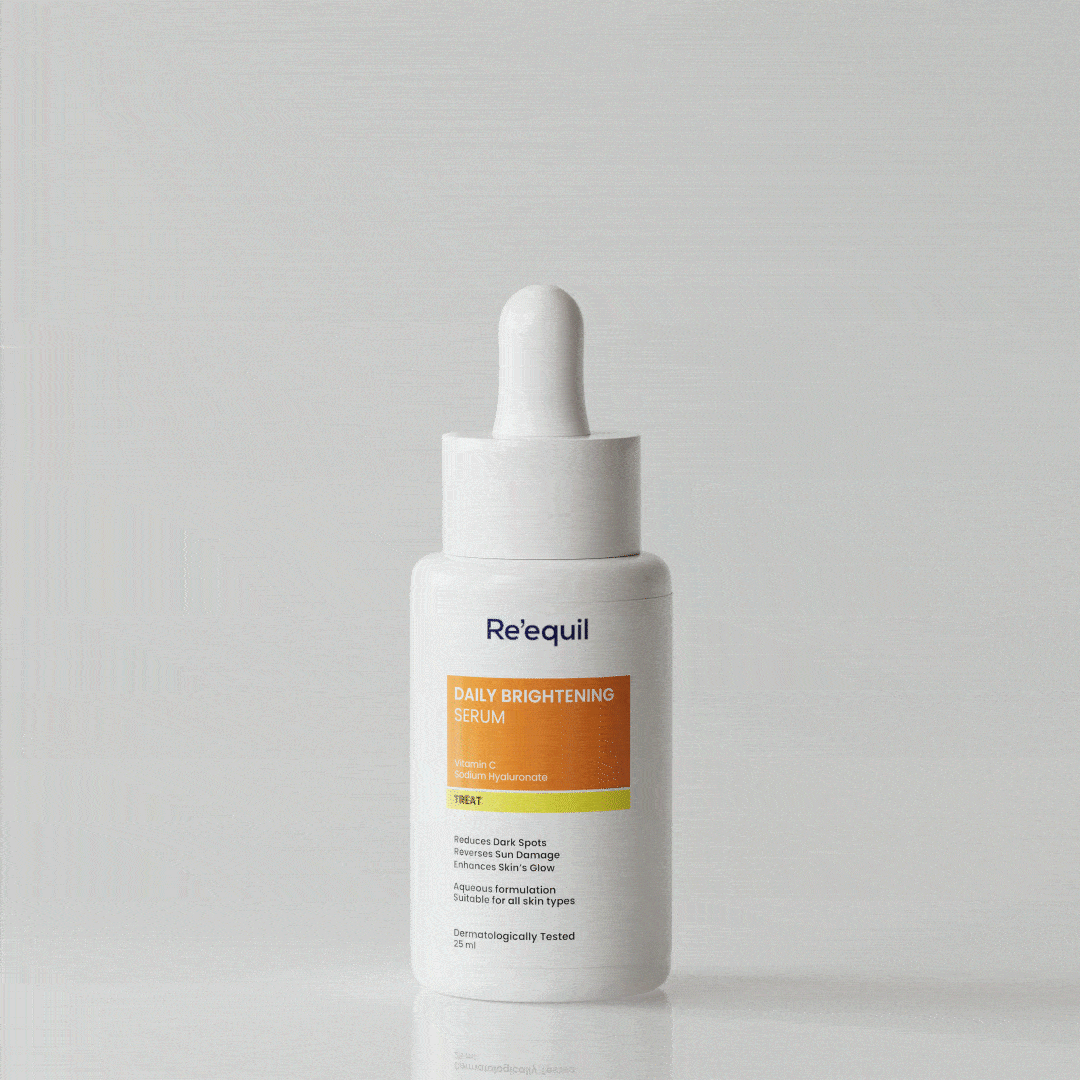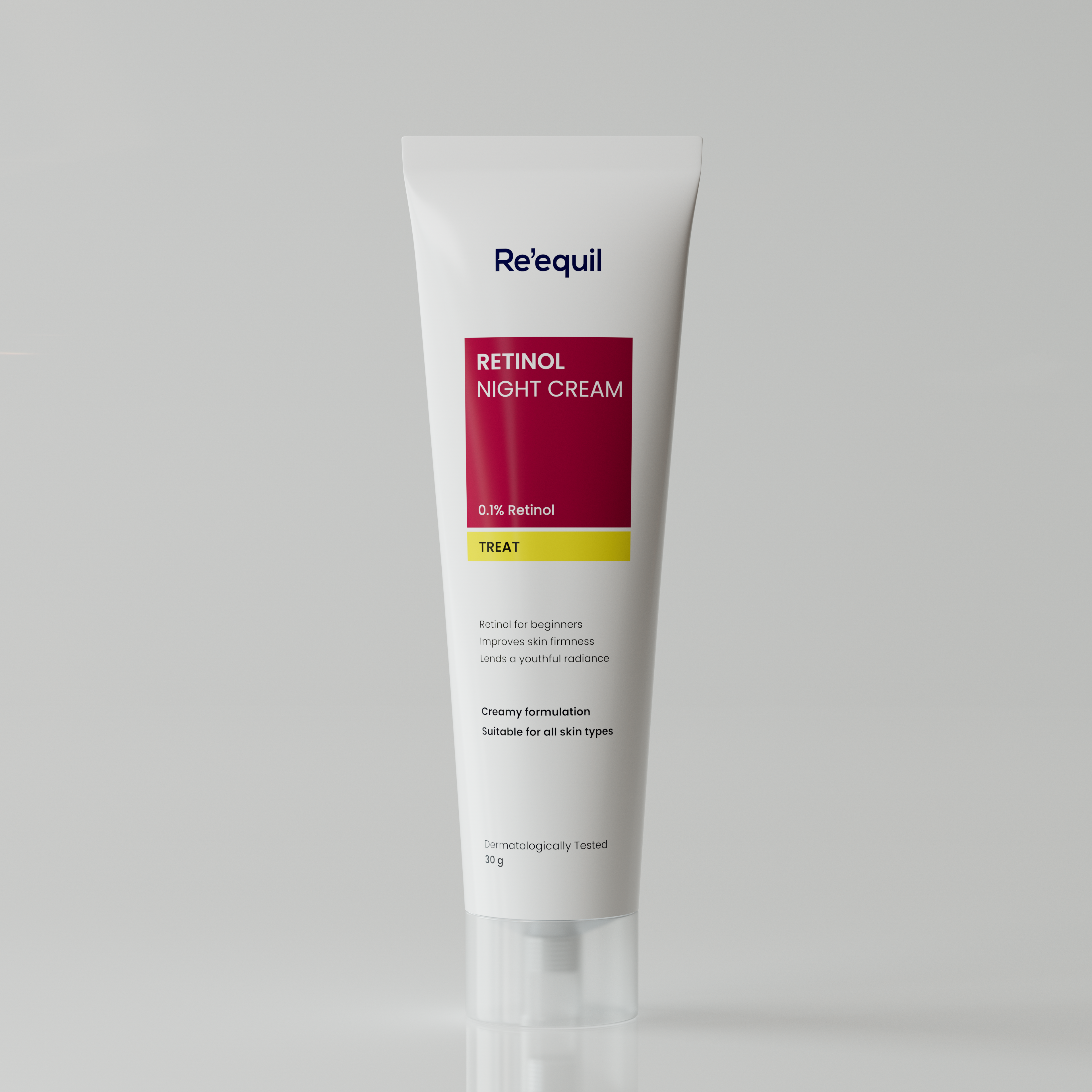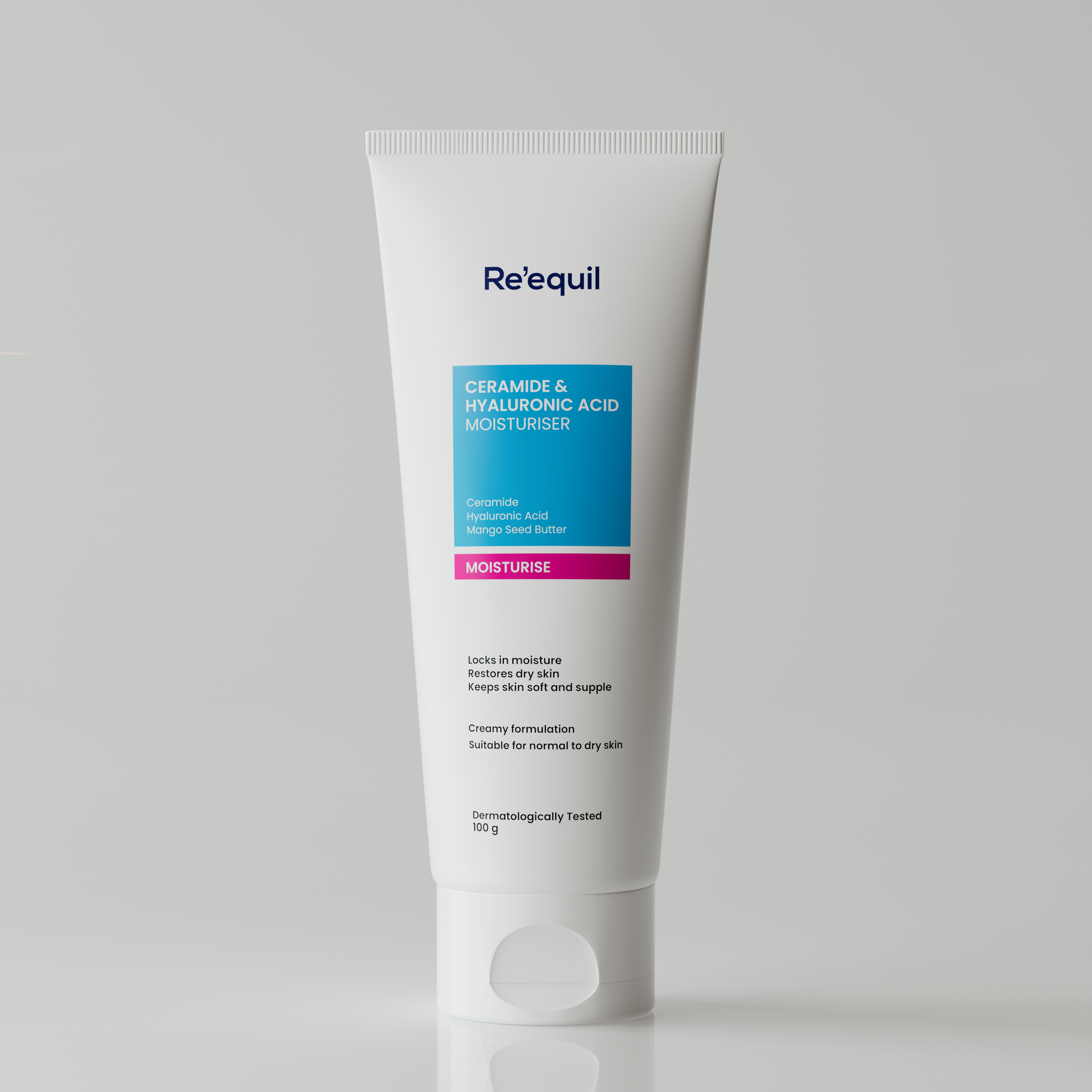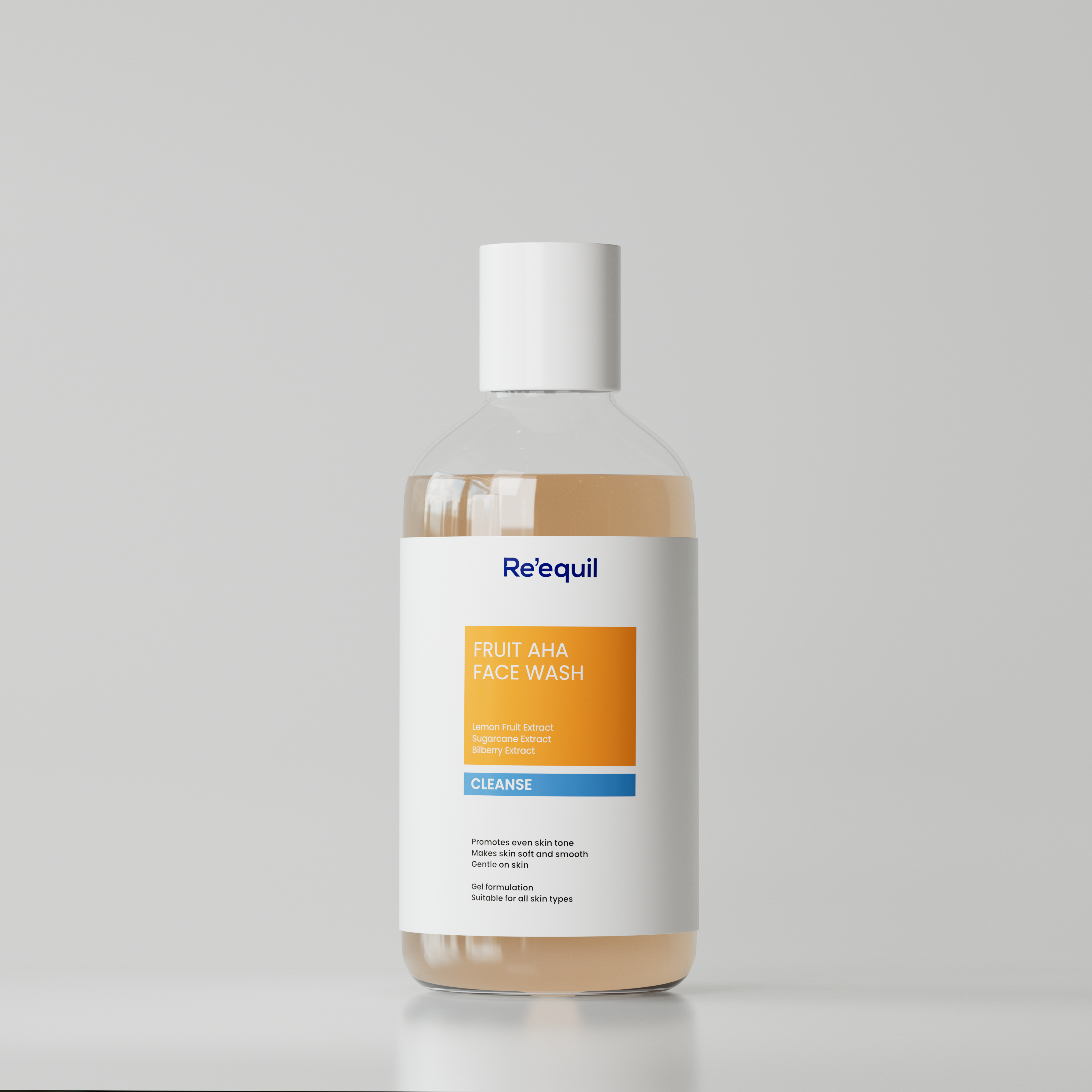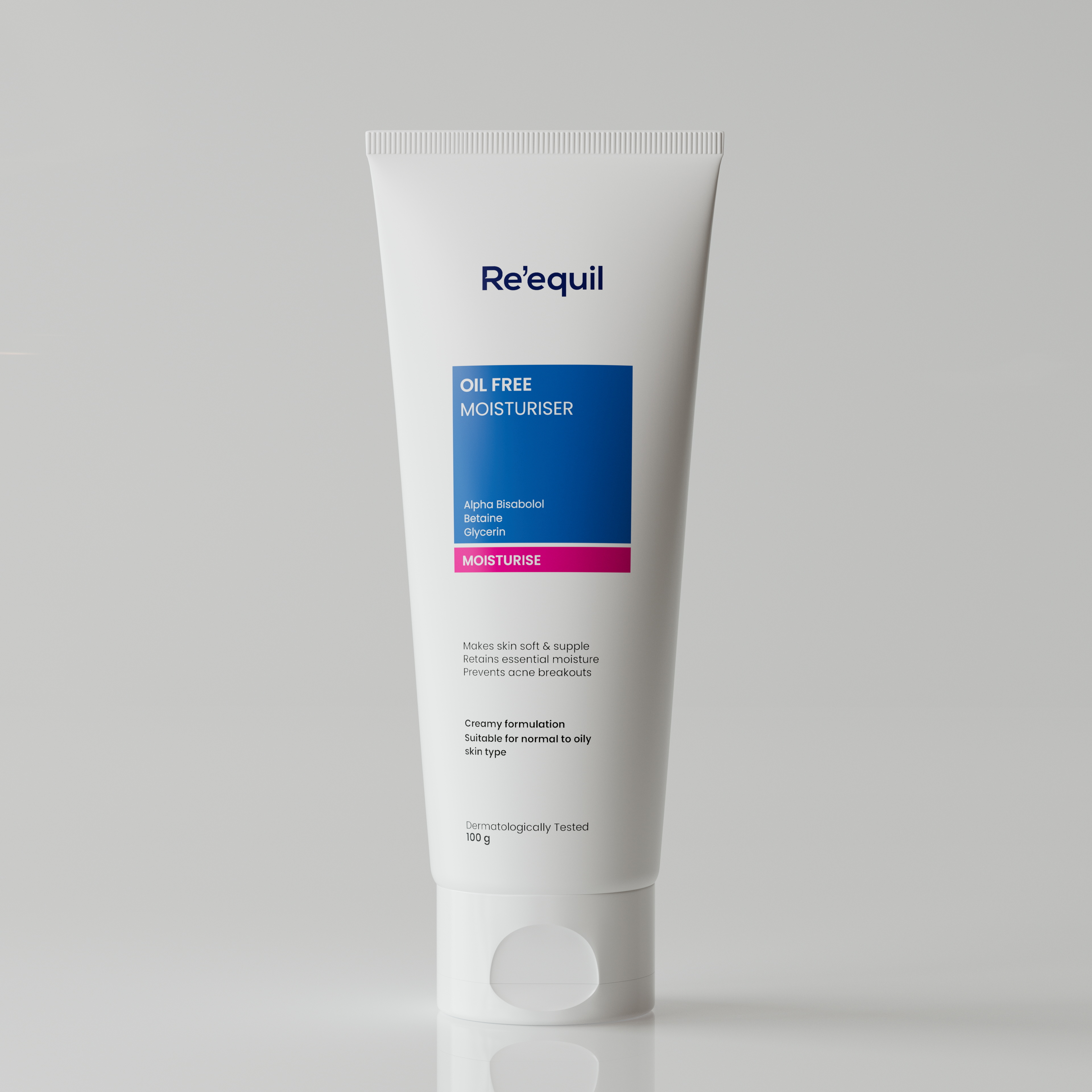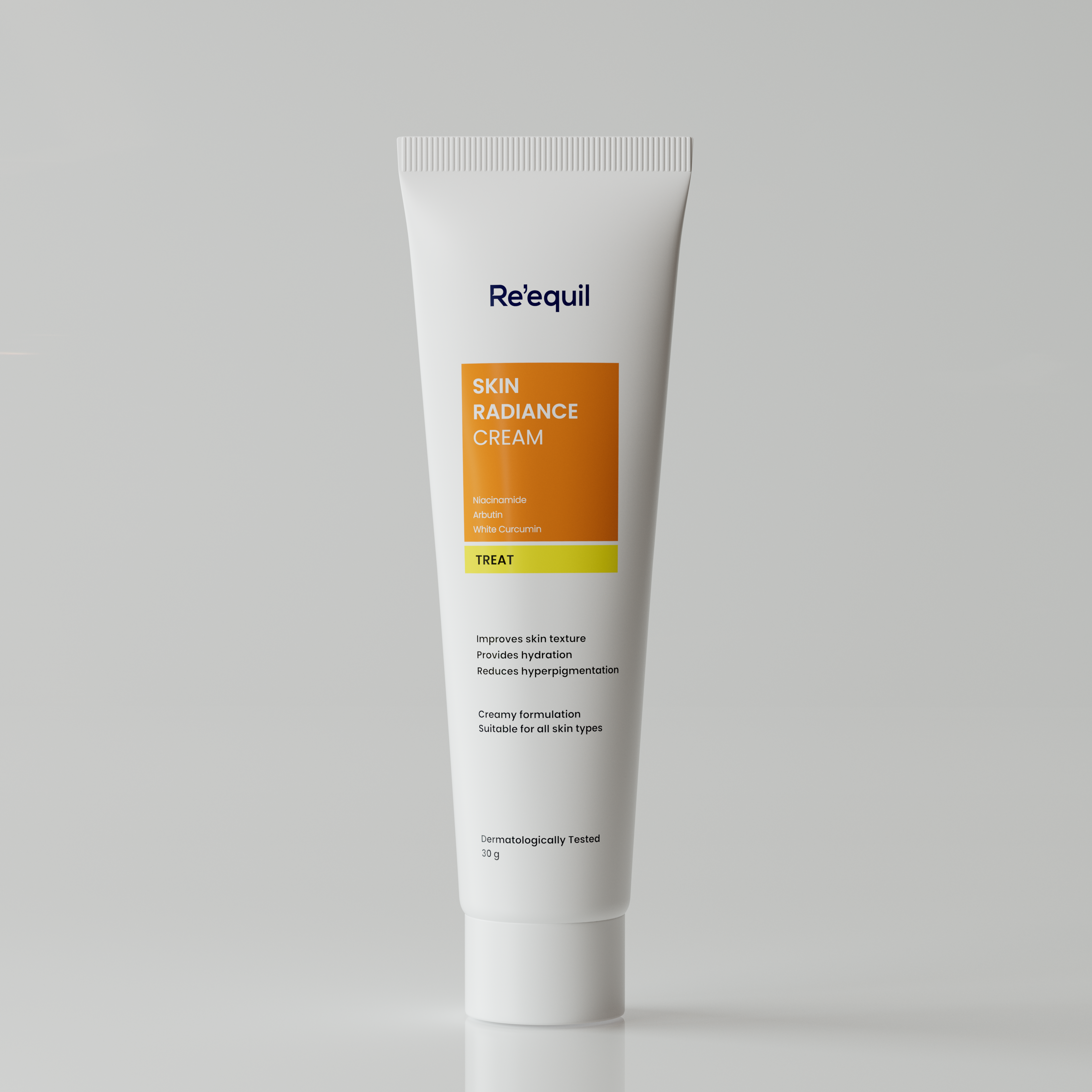Is your skincare routine ready for this summer?
It's possible that what worked in previous seasons won't be the best in this hot, humid weather.
However, this does not imply that you should change your entire skincare routine.
All you need to do is make little adjustments to maintain healthy, radiant skin throughout the summer.
In this post, we will give an ultimate skin care routine for all skin types.
I have oily skin, and during the summer, it gets extra shiny. What are some tips to reduce the shine?
I get your struggle. In summer, the air is more humid — and if you have an oily skin type — things can get worse.
But, why does it happen?
There can be a few reasons.
First of all, under each of your pores is a sebaceous gland that produces a natural oil called sebum, keeping your skin hydrated and healthy.
But the glands can produce too much oil, which can make the skin look more shiny. This can be due to genetics, age, and where you live and the time of the year.
And since your T-zone (forehead, nose, and chin) tends to have a higher concentration of sebaceous glands, it is the oiliest part of your face.
Moreover, other factors such as sweating and the environment also contribute to the excess oiliness on your face.
To keep your face shine free—morning, noon, and night—follow these 4 easy tips
You can control the shine on your face. But you need to be consistent with these tips to see results. Fortunately, these are not so difficult to keep up with—instead—you just need to tweak your existing skincare routine.
1. Make sure you are cleansing your face the right way
“If I wash my face more frequently, I will have less shine on my face”
This is a common misconception among people with oily skin. Although it seems like a natural thing to do—it really doesn’t work.
On the flip side, if you wash your face too frequently, you may end up stripping away the essential sebum present in your skin.
You need balanced sebum in your skin to lock in the moisture and get protection from UV radiation.
So the right way to go is to wash your face just twice a day—AM and PM— with a gentle cleanser, and avoid harsh cleansers.
And if during the rest of the day, you feel your face is not clean enough, you can apply refreshing mists and toners.
2. Do not over-exfoliate
Just like over-cleansing, don’t over-exfoliate either.
Even though tight skin after exfoliating seems clean—it’s really the other way around.
Over-exfoliation can strip away the skin's beneficial natural oils, leading to redness and flakiness.
Moreover, your skin starts producing excess oil to compensate for the unusual dryness caused by over-exfoliation.
So stick to a gentle exfoliator that contains hydrating skincare ingredients and use it 1 to 2 times a week. Don’t scrub your face - just simply massage it for a couple of minutes.
3. Moisturise (You need it!)
Moisturisers will not make your skin more shiny.
In fact, they have humectants, which help draw water into your skin and create an extra protective layer to retain the water.
So in a short and simple way, moisturisers help keep your skin hydrated and plump without giving it a shiny look.
4. Don’t step back on sunscreens
No matter what your skin type is and what the weather is — you need to apply a broad-spectrum sunscreen.
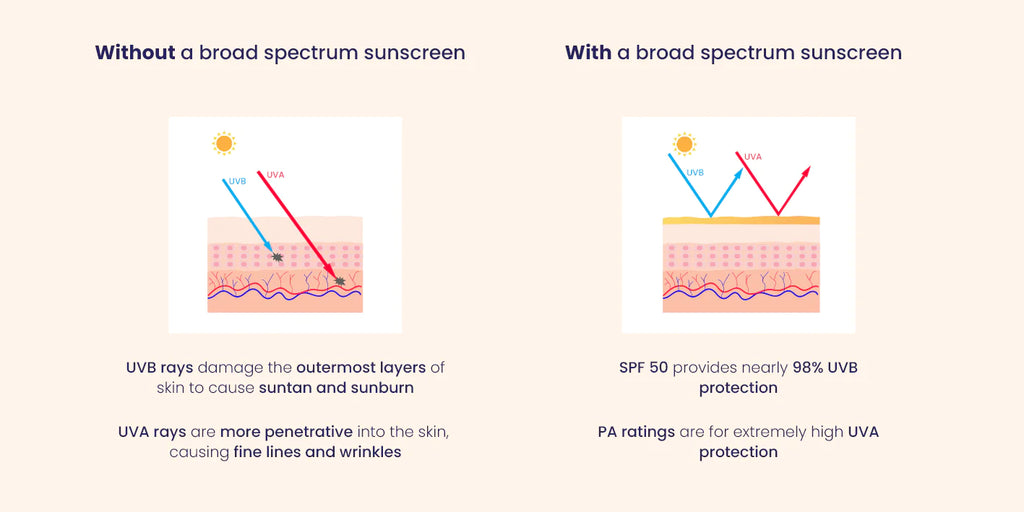
Sun's harsh UV rays reach deep into your skin, messing with tiny cells causing wrinkles, and dark spots, and even increasing the risk of skin cancer. But that's not all! For oily skin, sun exposure can be more problematic. It can trigger your skin to produce more oil, leading to breakouts.
Is summer heat just as bad as harsh winter air for my dry skin?
We often connect dry skin issues with winter or indoor heating systems. However, people with dry skin face just as many problems in summer.
Flaky, dull, and flushed skin are common outcomes of harmful UV rays.
Moreover, too much sun exposure can damage the human skin and also decrease the skin’s natural lubricating oils. Not just that, a study by Harvard even suggests that UV rays can damage the skin’s structure — leading to premature ageing.
Especially individuals with dry skin can lose moisture and essential oils which can make the skin look more dry, flaky and wrinkled.
3 ways you can prevent skin dryness from harmful UV rays in summer
Hiding your face with clothes is not an ideal solution—follow these tips instead.
1. Make sunscreen a priority
Did you know that almost all the rays that land on Earth are UVA?
Meaning that no matter where you are sitting—inside your house, office, or in the car—UVA rays will make an impact.
Since we cannot do anything about that, we might as well consider covering ourselves from the rays.
The best and only effective way is sunscreen. We recommend applying SPF 50, broad-spectrum sunscreen evenly to your entire face daily.
You should also consider limiting sun exposure.
According to the FDA, sun rays are at their peak between 10 AM to 2 PM in summer. So try avoiding sun exposure during this time.
2. Add serums and face masks to your skincare routine
Sunscreen protects against UVA rays but it may not keep your skin hydrated.
The rising temperature in summer can evaporate water from your skin. Thus, it is very important to hydrate your skin regularly—serums and face masks—are the best way to do it so far.
Serums with hydrating ingredients help hydrate dry skin and make the skin smooth and supple.
On the other hand, face masks are a great way to lock in the moisture you acquired from the face serums. As the end result, despite having genetically dry skin, you can have smooth, well-moisturised and hydrated skin.
3. Add Niacinamide to your skincare routine
Sun exposure also leads to skin pigmentation. So adding Niacinamide to your skincare routine can help soothe the skin and reduce redness caused by sun exposure.

A 2011 study says that
“Niacinamide is very effective in treating skin pigmentation and in improving skin’s overall texture.”
Other than Niacinamide, you can also try skincare ingredients like -
My T-zone gets shiny, while my cheeks have dry patches. Any summer skincare tips I can follow?
So you have a combination/normal skin type. The heat and humid air in summer can make your T-zone look more shiny and even deteriorate the dry patches on your skin.
You need a balanced skincare routine that hydrates your skin and controls excess oil.
A complete summer skincare routine for combination/normal skin type
Hyaluronic Acid, Salicylic Acid, and Lactic Acid are the ideal skincare ingredients for combination skin types. They help control the excess oil while simultaneously treating the dry patches.
So look for skincare products that have such ingredients and add them into your skincare routine as CTM — cleanse, tone, and moisturise.
Here is a 4 step summer skincare routine you can follow day and night.
1. Gently cleanse
Look for a gentle cleanser and wash your face with lukewarm water. Avoid washing your face with cold or hot water - since it can exacerbate the dryness and oiliness of your skin.
2. Follow it up with a toner
Toner will tighten the pores and protect your skin better against all environmental damage including UVA rays. Moreover, if your gentle cleanser cannot clean your skin all the way — the toner will complete the cleaning process. It will remove the dirt, bacteria and pollution.
Moreover, toner balances the skin’s PH levels. So for your oily T-zone, it can help control the shine and help lock in the moisture for the dry area on your face.
3. Exfoliate your skin at least 2 to 3 times a week
Exfoliation is the best way to reduce excess oil on your face. Plus, exfoliators with lactic and salicylic acid are gentle on the skin and do not cause any redness or itchiness — while also removing dead skin cells.
4. Deeply moisturise and protect your skin with a sunscreen
For combination skin, the key to tackling dry patches and keeping your skin hydrated is a good moisturiser. Apply it right after cleansing and toning to lock in moisture and keep your complexion happy.
Moving forward, sunscreen is your best weapon against UVA rays in the summer. Apply at least SPF 50 broad-spectrum sunscreen containing zinc oxide — which can further hydrate the dry patches — ideal for combination skin types.




